Bus Rapid Transit (BRT) in Africa
In recent times African cities have been using BRTs to formalize their informal transport economy. Cities in countries such as South Africa, Nigeria, Tanzania, Ghana and Morocco have pursued BRT as a transport intervention. BRTs are considered sustainable forms of transportation but are BRTs the solution to Africa’s transport problems? BRT advocates claim it is a cheaper and faster means to provide mass transit in African cities.
If you’ve heard of or even ridden on BRT, you might feel like the transport mode is a no-brainer for African cities, given its potential in African cities. That’s true, but as in any region of the world – including areas where most implementations have taken place – there are some challenges to be aware of and lessons learned that can inform future project development. This article will run through the main benefits of BRT, and then highlight some key pieces of advice that come from research into projects already underway.
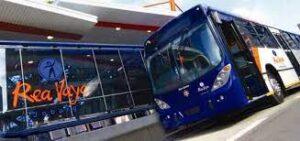
Rea Vaya BRT Bus and Station in Johannesburg, South Africa
Firstly, let’s see why BRTs are attractive transportation investments in Africa.
BRT is a cheaper, faster, more flexible and environmentally-friendly alternative to urban rail.
Given the capital cost of rail, BRT systems are much cheaper to build than rail. In addition, BRT systems can be built in phases. It is much easier to expand an existing system by adding more buses or stations than it is to add light or heavy rail lines. For instance, in 2010, the price tag for initial construction of BRT Phase 1 in Dar es Salaam was USD $15 million. At that time, it would have cost more than USD $250 million for a similar length light rail line (LRL). In addition to being cheaper from a capital expenditure perspective, operating and maintenance costs for BRT (USD $0.26 per passenger kilometer) are typically less than half those of LRL ($0.60-$1 per passenger km), depending on the size of the city and extent of service coverage.
When compared to traditional bus services, BRT can offer higher travel speeds on average because it operates on dedicated lanes that are separate from other traffic and does not get stuck at traffic lights or get stuck behind other vehicles. The highest reported speed achieved by any BRT system was recorded as 51 km/h on TransMilenio in Bogotá way back in 2004! This is much faster than most other urban transport modes including cars (37 km/h) or LRLs (~40 km/h).
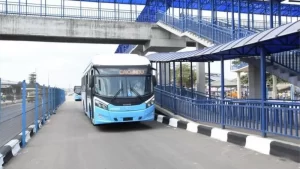
Bus Rapid Transit (BRT) lane and infrastructure in Lagos-Nigeria (Photo from BBC)
BRT Potential in AFRICA
BRT has the potential to be a solution for transport challenges in Africa’s urban areas.
BRT has the potential to improve accessibility, reduce congestion and help address public health issues in African cities. BRT can be a solution to address transport needs of under-served communities.
- Cities grow quickly, and a lack of integrated transport planning can lead to congestion, pollution and unfair distribution of resources. BRT has the potential to provide affordable transport that improves access for all income levels. It is also relatively quick and easy to implement, which makes it an attractive option for many fast-growing cities.
- The use of high capacity buses with their own road space can lead to reduced journey times and increased mobility for residents. Bus stops designed specifically for BRT are often located close together, improving accessibility not only between areas of a city but also between modes of transport (e.g., from bus stop to train station). This means more people may be able to reach public amenities such as hospitals and schools.
- Congestion on roads can affect how well people breathe, as well as adding noise pollution that increases stress levels and disrupts sleep patterns. As discussed above, traffic management measures (such as road-space reallocation) are often crucial in creating a viable BRT system that reduces congestion – this in turn reduces air pollution from vehicles and noise pollution from traffic horns, making urban environments healthier places to live in general!
- BRT can be a solution to address the needs of underserved communities in Africa. BRT is often more accessible and affordable than rail. BRT’s flexibility allows for expansion over time, as well as for changes in the operation or route that better serve their community’s needs. Rail’s heavy infrastructure costs also make it more difficult to implement in low-income communities where less ticket revenue may be generated.

BRT in Africa
Current brt projects
Some countries are already planning for BRT systems, with varying levels of success.
Cities across Africa are already planning for BRT systems. For example, in the past 10 years, Johannesburg has made significant progress by establishing a Bus Rapid Transit (BRT) system. Starting with their Rea Vaya project in 2009 and continuing through the early 2010s, the city transformed its public transportation infrastructure to provide a more reliable and efficient service to commuters.
Even though many African countries have made similar efforts to improve their transportation services, not all of them have been successful. In my research on BRTs in Africa, studies have showed that while some of these investments have been beneficial, others have been unfavorable to the countries. The success of BRTs has been dependent on several factors: political will; willingness from citizens; support from local businesses; consideration of multiple modes of transport (buses can’t do everything); and adequate resources for development and implementation. It is important that researchers highlight what seems to be working and why it’s working in order for other policymakers in other countries to learn from that experience.
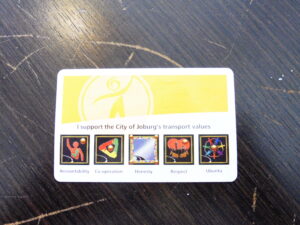
Rea Vaya Bus Rapid Transit (BRT) ticket
Here are a few successful implemented BRT projects in Africa:
- Cape Town, South Africa launched a successful BRT system that was fully operational by 2011, with an additional line planned for 2015. Now known as MyCiTi, the project is expected to eventually serve 15 routes across the city.
- Johannesburg’s Rea Vaya is another example of successful BRT implementation in South Africa; it is currently operating on two lines with four more planned for completion by 2016.
- Lagos State’s new Bus Rapid Transit System will be fully functional by 2018 and aims to reduce traffic congestion and pollution levels in Lagos (one of the most populated cities on the African continent).
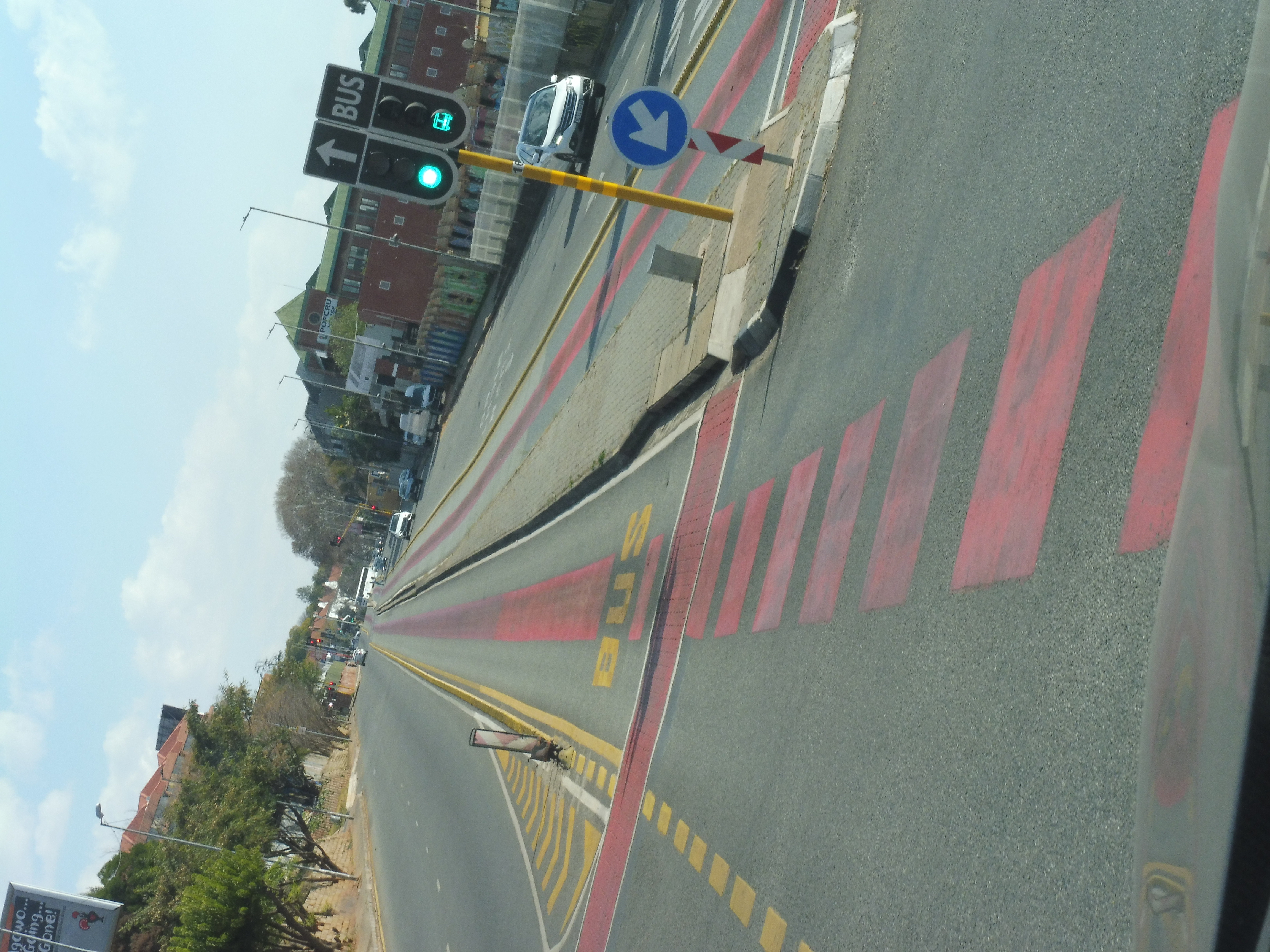
Bus Rapid Transit (BRT) Bus lane in Johannesburg-South Africa
With careful implementation, Bus Rapid Transit can be an effective urban transit option for many African cities.
Generally, the success of a BRT system depends on careful implementation while taking into account relevant factors. This is evident not only in Africa’s BRT projects but globally. For instance, while some cities have seen BRT systems flourish (i.e., Curitiba, Brazil), others have not (i.e., Los Angeles and San Diego). The integration of BRT with other modes of transport is critical.
In conclusion, BRT offers many benefits. So far it is not clear if it can solve Africa’s transport challenges but it must be carefully implemented if it is going to succeed in Africa. It is also important to note that although African cities are investing in BRTs, informal public transport still remains popular among the masses. Even in cities where Bus Rapid Transit (BRT) is being adopted to formalize informal transport, it’s likely that the informal transport will be deferred to other corridors, so it will be better for cities to develop a mix of BRT and Informal transportation.
READ: WHAT IS PUBLIC TRANSPORTATION IN AFRICA?
Image Sources: Skyscrapper and Wikipedia
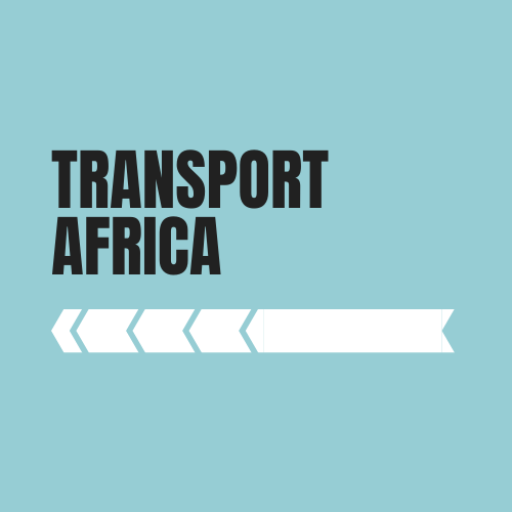
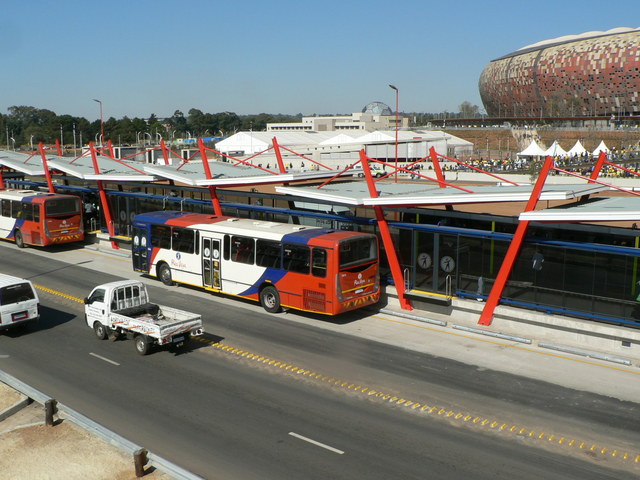
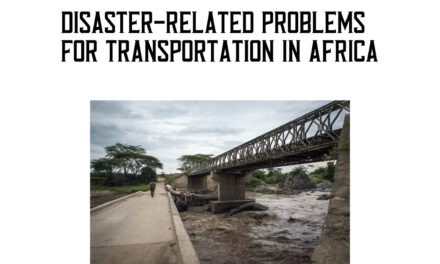
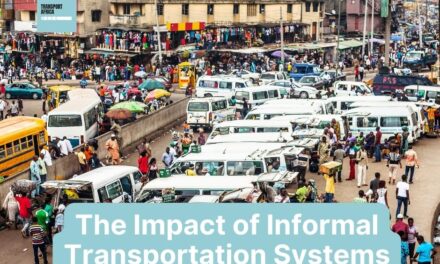
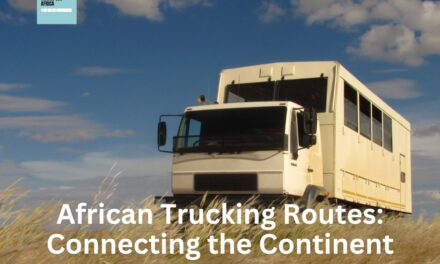
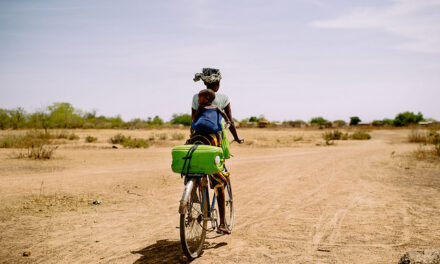
Thanks for another fantastic article. Where else may anyone get that type of information in such a perfect manner of…